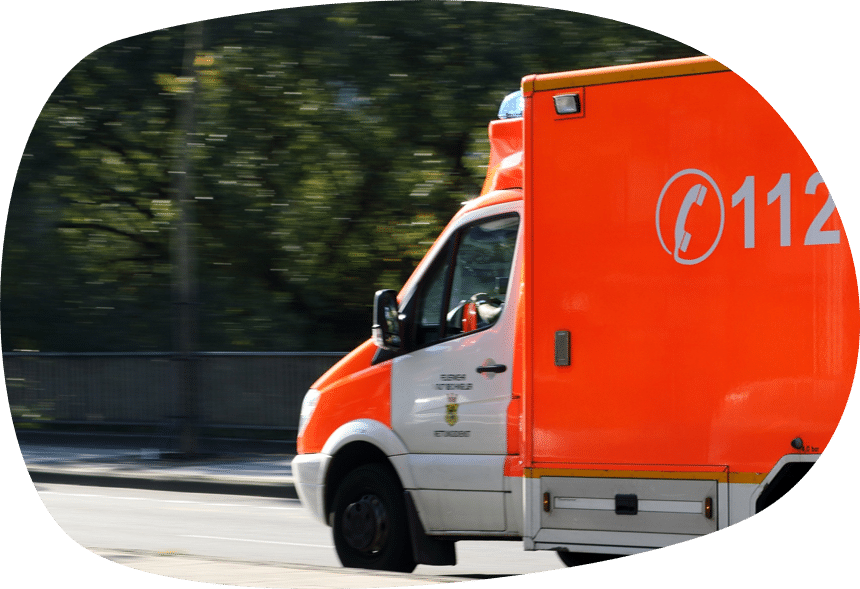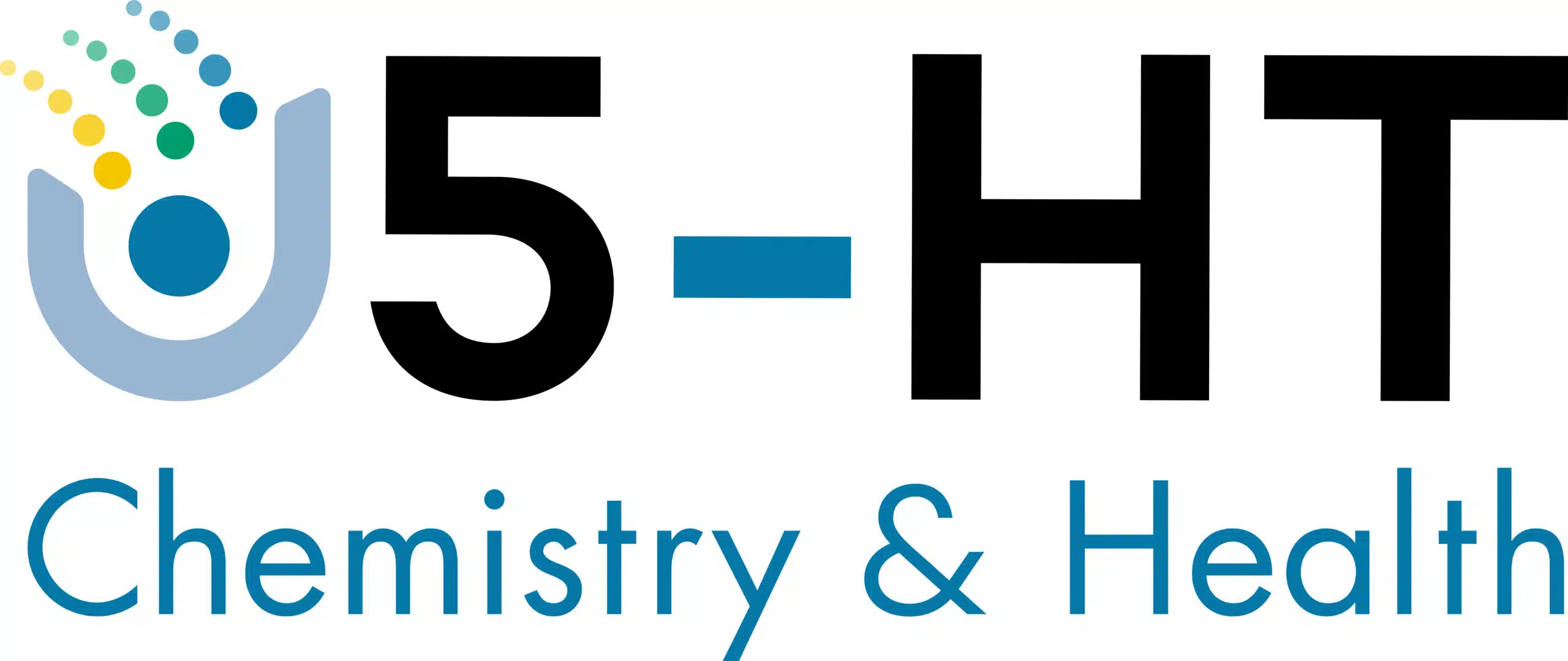Providing first aid is a matter of honor, but not everyone does it. In Germany, only around half of people claim to help in serious emergencies. In the case of minor injuries, the willingness to help rises to 82%, but that is nowhere near enough. To make sure you’re prepared for an emergency, we’re brushing up on your first aid skills here.
Would you help in an emergency?
If a serious emergency situation arises, only 48% say they would help in an emergency. Section 323c of the German Criminal Code stipulates that this not only endangers lives, but also constitutes a criminal offense. According to this, failure to render assistance can be punished with a fine and up to one year in prison. Morality and mutual responsibility seem to be more important than the duty to help, because anyone who finds themselves in an emergency situation is suddenly dependent on the helpfulness of others – and grateful for any assistance, however small. A common reason for this is insecurity and fear of contact, which prevent potential helpers from intervening at this moment. To counter this, you can find out here how to act correctly in an emergency and what the most important steps are.
Keep calm and follow the 5 W rule
The top priority in any emergency is to stay calm. Only with a cool head can you act confidently and intuitively. It is also very important for the person affected not to be left alone in an emergency situation and to have the support of another person. Talking to someone helps enormously and can alleviate the person’s shock and anxiety. The next step is to call for further help – a single call can save lives. In the EU emergency services are available around the clock on the emergency numbers 110 and 112. In order to work together with the emergency services in the best possible way, you should follow the 5-W rule.
- Where? – Where did the emergency happen? Give the exact address or as precise a description of the location as possible. On the highway, use the small blue kilometer signs for orientation. One of these signs is placed behind the crash barrier every 500 meters.
- What happened? Describe the situation and the type of emergency (e.g. accident, fire, medical emergency).
- Who? – How many people are affected? Are there any casualties? If so, how many?
- What injuries? – What type of injuries or symptoms are present?
- Wait! – Wait for further questions. Don’t just hang up, the control center may need more information.

Finding an unconscious person
When an unconscious person is found, various life-saving measures are necessary. In order to provide effective help, it is important for first aiders to first assess the situation and identify possible risks for the person concerned and themselves. Self-protection is always a priority, especially if there are other hazards such as approaching vehicles or a source of fire. If necessary, first secure the accident site, i.e. use hazard warning lights, high-visibility vest and warning triangle and grab the first aid kit.
In order to treat the injured person properly and efficiently, a systematic approach should be taken. If other people are on site, they can be actively encouraged to help. You can draw attention to yourself and the situation with a targeted “Help!” call.
You should first approach and touch the person concerned to check their level of consciousness. If there is no reaction and the muscles are relaxed, the person is unconscious.
Breathing should then be checked immediately! To do this, tilt the person’s head back and lift the chin at the same time to clear the airways and open the mouth. Is the chest heaving? Can you hear breathing noises? Can you feel a flow of air? The breathing check should last 10 seconds.
If the person is breathing, they should be placed in the recovery position. In this video, you can see in one minute how the recovery position works. Then make the emergency call according to the 5 W rule. Until the emergency services arrive, you should care for and comfort the person and keep checking their consciousness and breathing.
If normal breathing cannot be detected or is in doubt, an unconscious person should be assumed to be in circulatory arrest. In this case, it is crucial to start cardiopulmonary resuscitation immediately after the emergency call.
Resuscitation measures
In order to react with a clear head in an emergency situation and especially during a possible resuscitation, three steps apply here: check, call, press. The first two steps have already been described above. Now let’s move on to pushing, i.e. chest compressions. This should always be carried out on a hard surface.
- Kneel at the height of the person’s chest and clear it.
- Place the ball of one hand on the center of the chest (sternum) and add the second hand (clenched).
- Depress the chest 5 to 6 cm deep at a frequency of 100 to 120 times per minute. You can also use the beat of the song “Highway to Hell” as a mnemonic. The pressure and release should be of equal length.
Carry out resuscitation measures until the emergency services arrive. Ideally, you should supplement chest compressions with rescue breathing:
After pressing 30 times, hold the person’s nose closed and give them two strong breaths so that their chest rises. Alternate between chest compressions and artificial respiration at this rate. At this point, chest compressions are definitely more important than ventilation, as this allows the oxygen in the person’s blood to continue to circulate in the body. So if you feel uncomfortable to administer the breaths, it is still very heplfull if you press continuously.
The likelihood of becoming a first aider is not that low. Around one in four people will find themselves in a situation once in their life where intervention is necessary.
However, the resuscitation rate in Germany is only 40%. The European average is 52% and in Scandinavia it is as high as 80%! Having the basics explained here in your head reduces uncertainty and makes it easier for things to run smoothly in an emergency.
So it doesn’t hurt to remind yourself of the individual steps from time to time. First aid saves lives! The only thing you can do wrong is not to help and look away.


